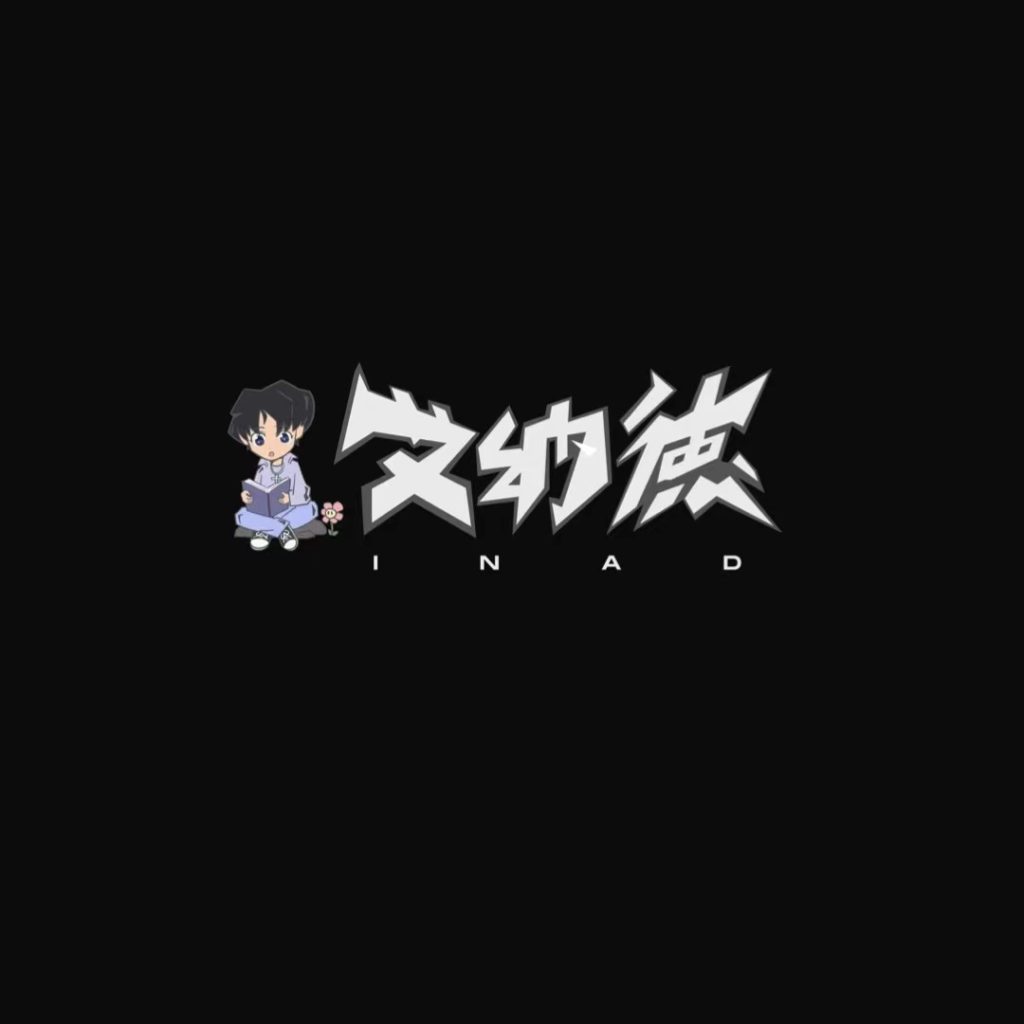Early delay effects utilised tape. This would work on the time difference between the sound being recorded onto the tape by the record head and that piece of tape reaching the playback head. Delay time could be adjusted using tape speed but was limited to short delay values. A modulated delay sound cold be created by modulating the tape speed or simply touching the tape reel with a finger. Geoff Emerick used this technique when creating ADT effects for the Beatles at Abbey Road. Engineers could set this up using an extra tape machine in the studio.
Manufacturers realised this was happening in studios so started building custom tape delay units, such as the Watkins Copicat, that were more compact and offered more specific features, most notably a feedback circuit. This allowed for multiple repeats of the delay to create a more ambient sound compared to the slap-back sound of a single short delay. Guitarists very much enjoyed the sound of these units but engineers could also use it for example on vocals in the studio. The multiple head positions also allowed for more varied delay times, including longer delay times.
Tape technology is large, heavy, fragile and requires servicing so a solid-state alternative of bucket-brigade delay was developed in the 1970s. This used a string of capacitors on a chip to pass the audio through. This could be incorporated in to guitar amps and fit in a standard guitar pedal form-factor.
In the 1980s, as with may other effects, delay could now be achieved in the digital domain where the audio is converted to digital and then stored / buffered before conversion back to analogue. Precise delay times in milliseconds could be programmed in to work with your song tempo with some able to synchronise to a sequencer using MIDI. As the digital technology improved with higher bit-depths and sampling rates, the echoes could be replayed with no signal degradation. However, some yearned for the old analogue sound where each subsequent echo would degrade with distortion and narrower frequency bandwidth. Some digital systems tried to emulate this using EQ.
In the 1990s, especially with the launch of Cubase VST, delays could be used directly in the DAW as a software plugin. This allows for easy synchronisation with the DAW project tempo with delay values in musical divisions such ¼ -notes, rather than in milliseconds. Multiple instances and be loaded in to the software without having to buy more physical units. The settings of the delay are also saved within the DAW project file so recall of settings is not required. As the computing power increased, software delays could start to emulate / model the
sound of tape and bucket-brigade delays. This emulates the degradation of each delay but being software can allow for infinite control of the type and amount of degradation to create exactly the character required.
